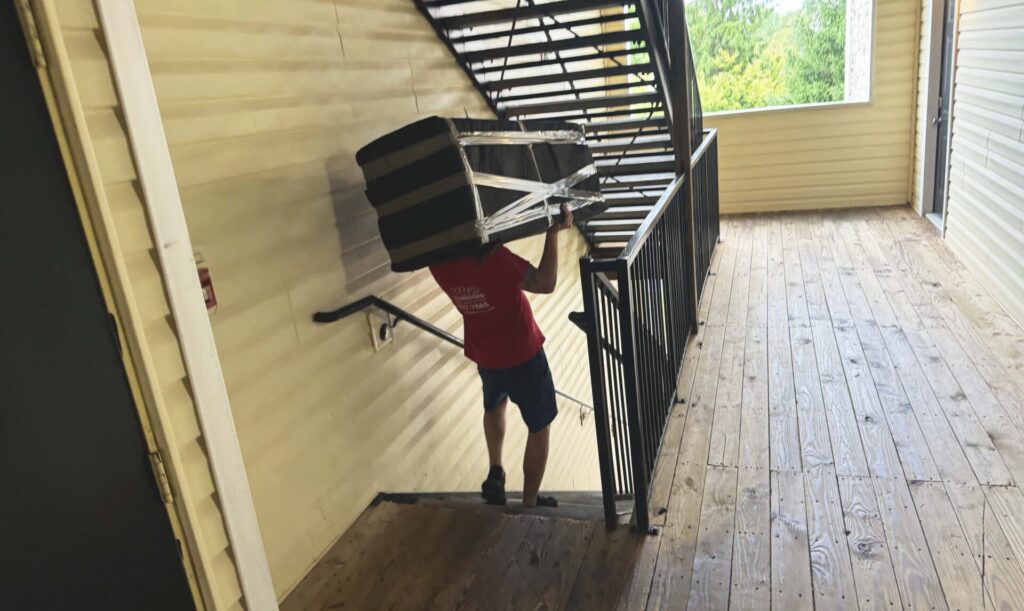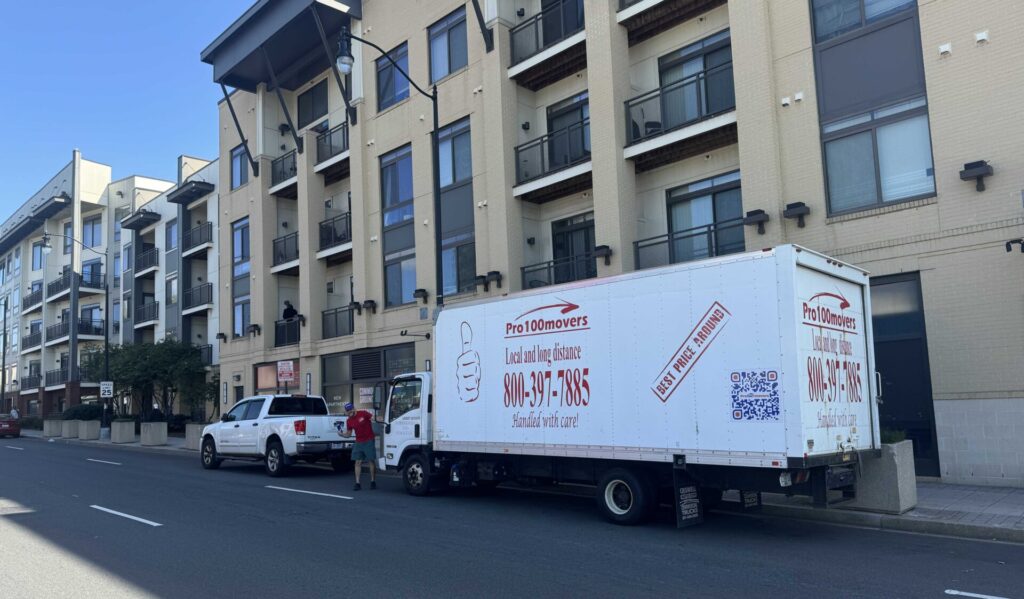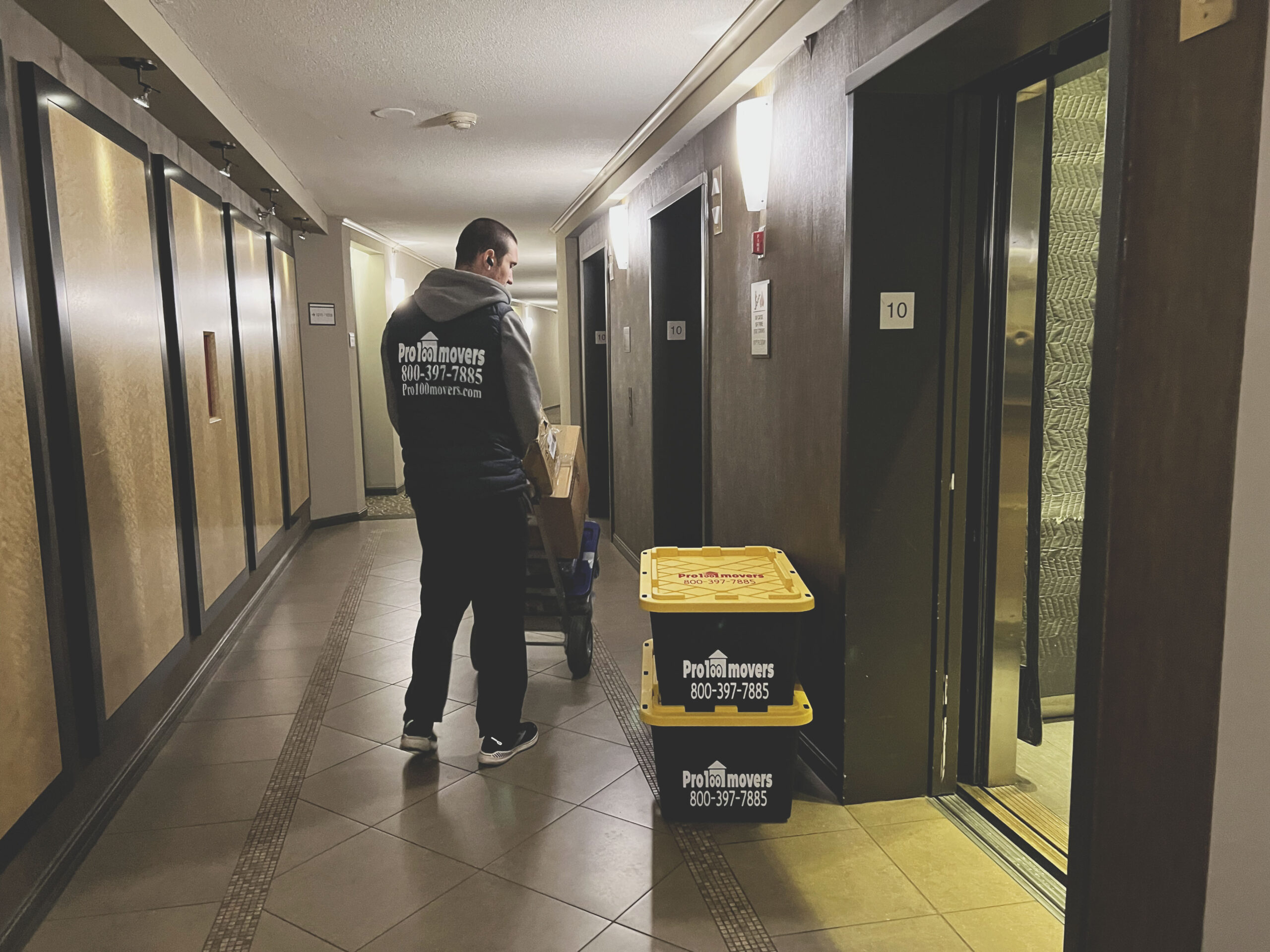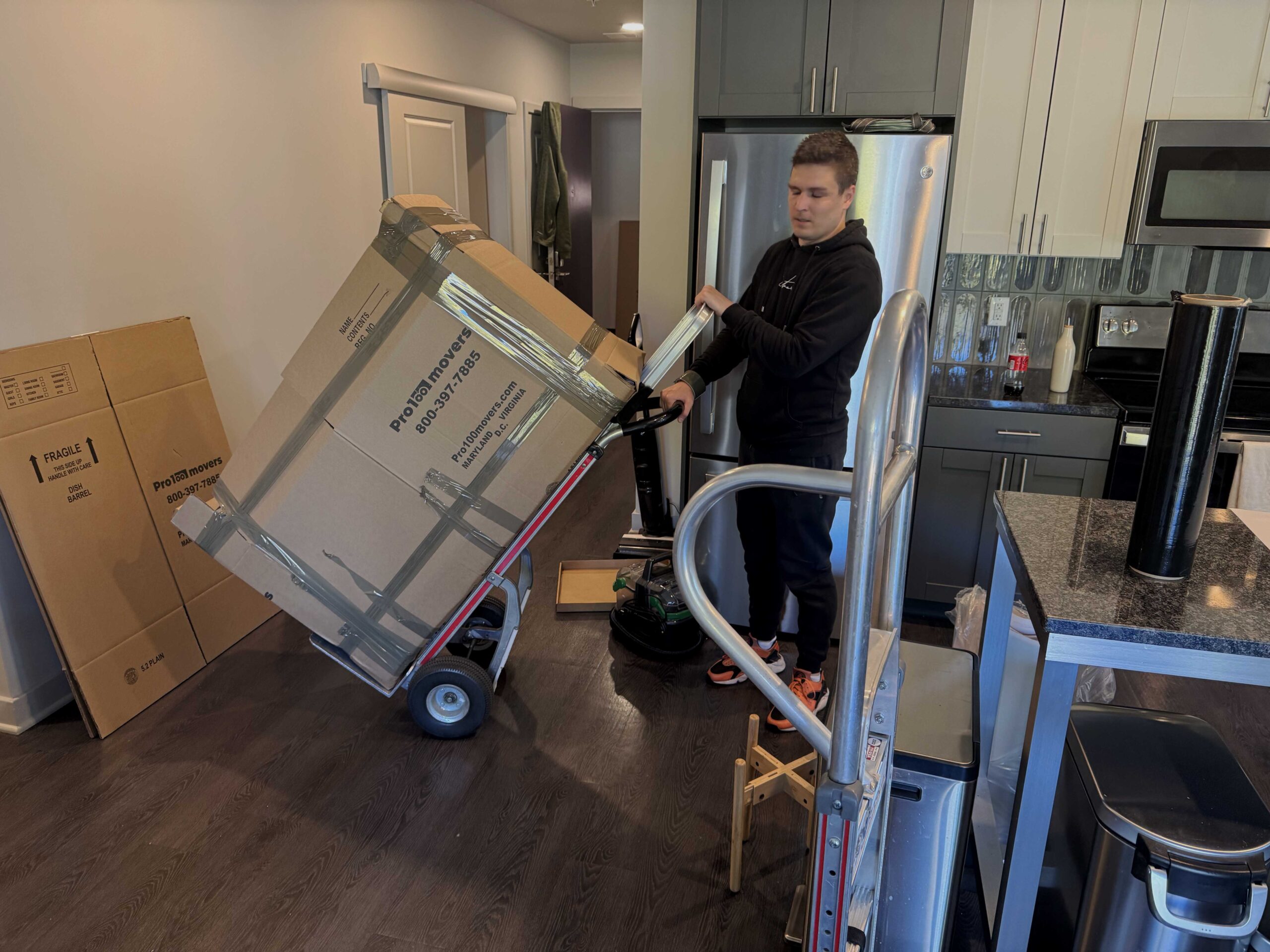How to Protect Your Furniture from Humidity: A Guide for Homeowners and Movers
Humidity might seem harmless—until it warps your wood furniture or creates mold in your favorite armchair. Whether you’re moving, storing furniture, or just living in a humid region, knowing how to protect wood furniture from humidity is essential. In this article, you’ll learn practical steps to prevent moisture damage and keep your furniture safe.

Why Moisture Is a Real Threat
Humidity can slowly destroy furniture, especially if it’s made of natural materials like wood, leather, or fabric. High moisture levels can cause wood to swell or crack, leather to mildew, and fabrics to develop mold. Sadly, once damage appears, it’s often too late to reverse it.
That’s why moisture damage furniture prevention is so important—especially if you’re moving during summer or storing belongings for the season.
The Best Way to Store Furniture in a Humid Climate
If you’re preparing to store your furniture, especially in places with high humidity, follow these steps for safe furniture storage in high humidity:
- Use a climate-controlled unit to regulate both temperature and moisture.
- Raise furniture off the floor with pallets or blocks to prevent ground moisture damage.
- Avoid plastic wraps directly on wood or upholstery—opt for breathable covers instead.
- Clean and dry all surfaces before storage to prevent bacteria or mold growth.
These precautions are especially critical in warm, damp climates where even short-term storage can cause issues.
Summer Moves Require Extra Care
If you’re planning a summer relocation, you already know it’s the most popular time to move—and also the most humid. Here’s how to protect furniture during summer humidity:
- Avoid wrapping damp items, even slightly. Let them air-dry before packing.
- Use desiccants or moisture absorbers inside drawers or moving boxes.
- Move in dry, sunny windows of time and avoid early mornings when condensation is high.
Need help with your move? Our trusted Local moving Falls Church VA service is designed to handle your belongings with the utmost care—no matter the weather.

Packing Matters More Than You Think
Proper packing isn’t just about neatness—it protects against moisture too. To ensure the best results:
- Use moisture-resistant materials such as plastic bins or sealed boxes.
- Layer items with blankets or bubble wrap, but keep them dry.
- Label wood and fabric items clearly so movers know they require extra caution.
If you want your furniture packed right, our professional Packing service Falls Church VA team knows exactly how to handle it—even in humid conditions.
Conclusion
Humidity doesn’t have to ruin your furniture. With some smart planning and help from experienced movers, you can store or relocate your belongings with confidence. Follow these simple steps and protect your investment—for today and years to come.
Frequently Asked Questions
How can I protect wood furniture from humidity?
Keep it in a climate-controlled environment, use breathable covers, and apply protective polish or sealant.
What is the best way to store furniture in a humid climate?
Use a climate-controlled storage unit, elevate furniture off the ground, and avoid wrapping it in plastic.
Can I use a dehumidifier to protect my furniture?
Yes, a dehumidifier is a great way to reduce excess moisture in rooms or storage spaces.
Is it safe to wrap furniture in plastic for storage?
Not always. Plastic can trap moisture and cause mold—use breathable covers instead.
What packing materials are best for humid climates?
Moisture-resistant boxes, desiccants, and breathable fabric wraps are your best options.
Furniture Humidity Protection Checklist
| Step | Action | Why It Matters |
|---|---|---|
| 1 | Use climate-controlled storage | Maintains safe temperature and humidity |
| 2 | Elevate furniture off the ground | Prevents moisture seepage from floors |
| 3 | Clean and dry items before storage | Reduces risk of mold and mildew |
| 4 | Use desiccants or dehumidifiers | Absorbs excess moisture in the air |
| 5 | Choose breathable covers | Allows airflow and prevents condensation |



